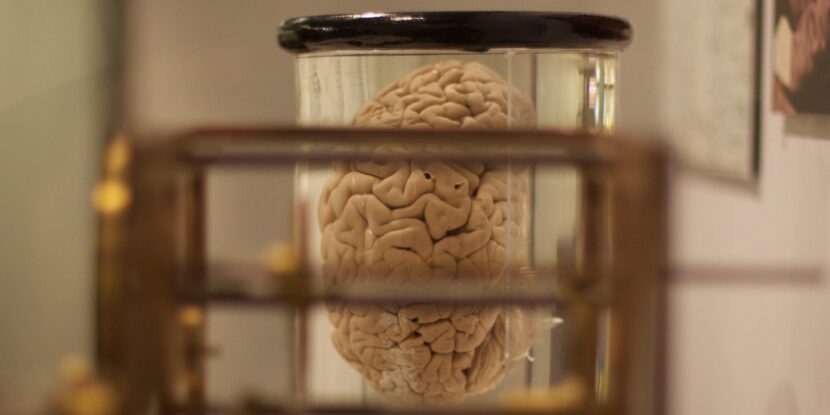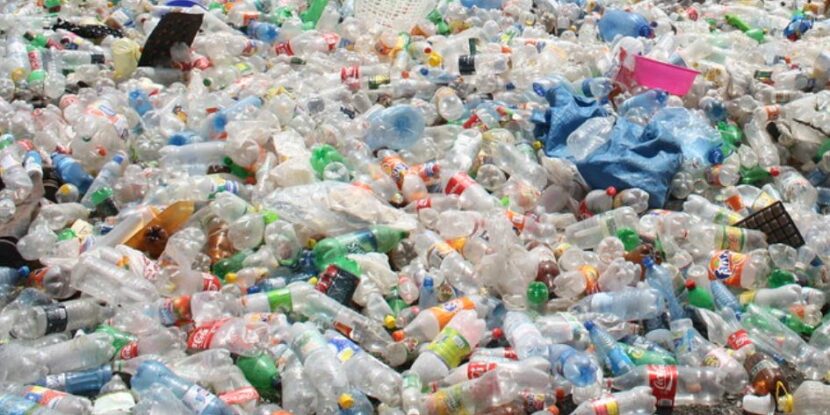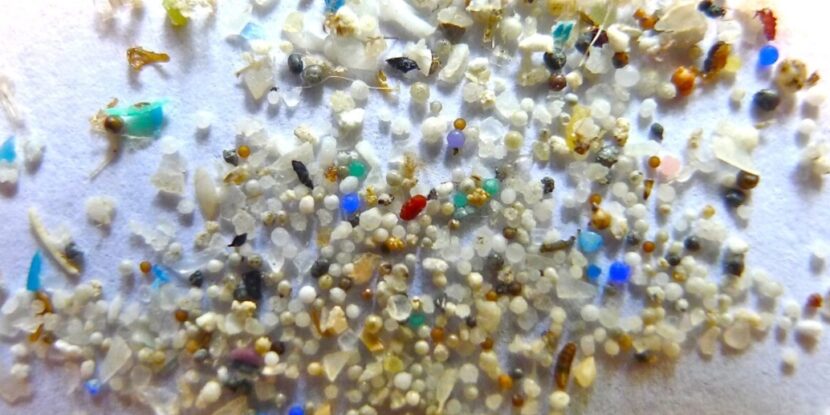Researchers from the University of New Mexico have identified microplastics in human brain tissue, with concentrations far exceeding those in other organs. The study reveals a 50 percent increase in brain microplastics over the past eight years, according to samples analyzed by the team. Using brain tissue from the New Mexico Office of the Medical Investigator, the scientists noted that these findings call for increased concern about plastic exposure and its potential effects.
The study focused on the frontal cortex, a brain region associated with reasoning and motor skills. The researchers used chemical processes to isolate plastics and identified 12 types, predominantly polyethylene. The findings demonstrate that microplastics accumulate significantly in neuronal fat cells, potentially explaining high concentrations in the brain.
The brain samples, spanning from 2016 to 2024, revealed sharp plastic fragments small enough to pass through the blood-brain barrier. Although the impact of these plastics on brain function is not yet understood, microplastics have been linked to health issues in previous studies. Notably, the researchers observed higher plastic levels in brain samples of dementia patients, though the study does not conclusively establish causation.
The research highlights concerns over microplastic pollution, which is expected to rise due to the persistence of plastic waste. Campen emphasized how food, particularly meat, contributes to microplastic accumulation in the body due to contamination in agriculture and livestock farming practices.
This ongoing environmental issue underscores the broader implications of microplastics on human health.
show less


